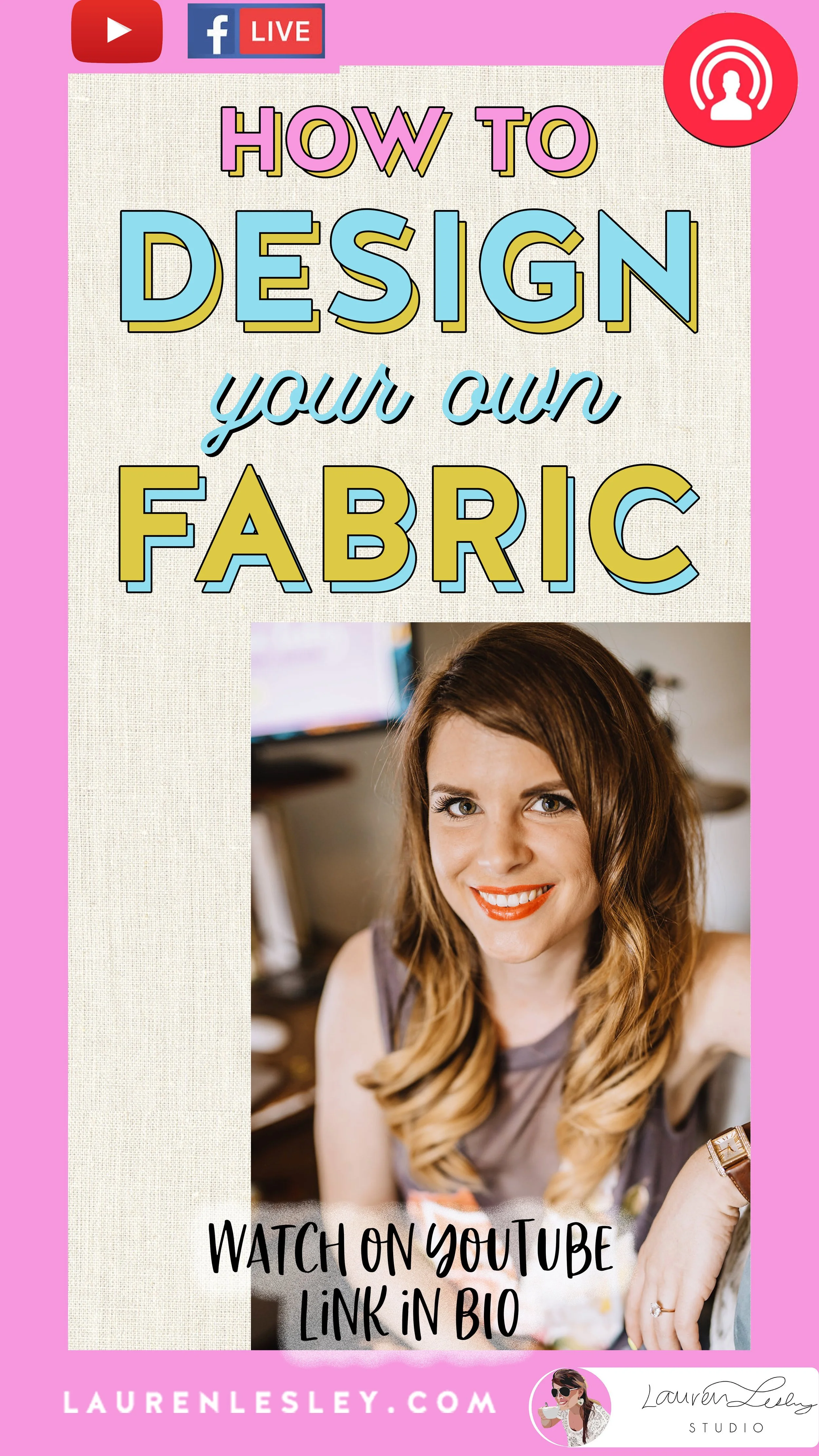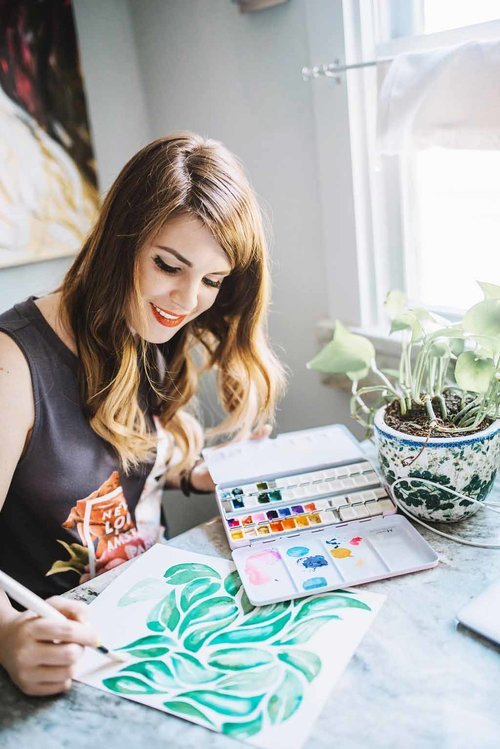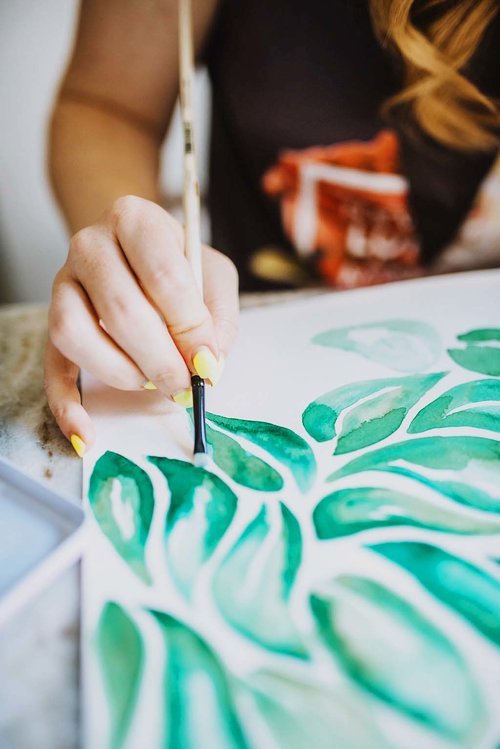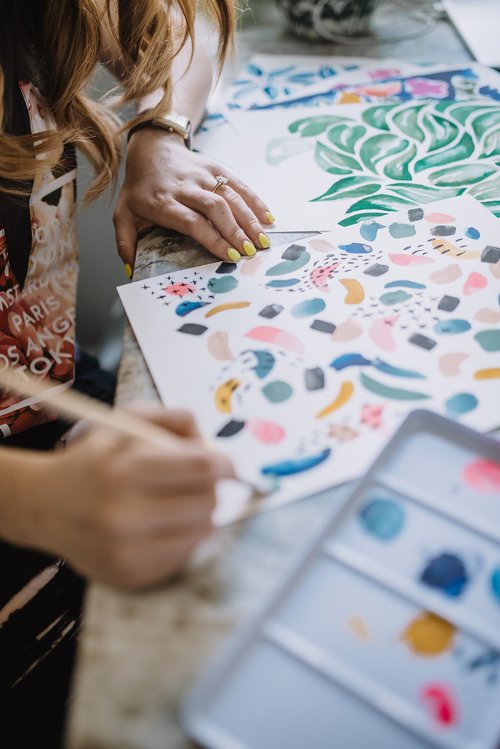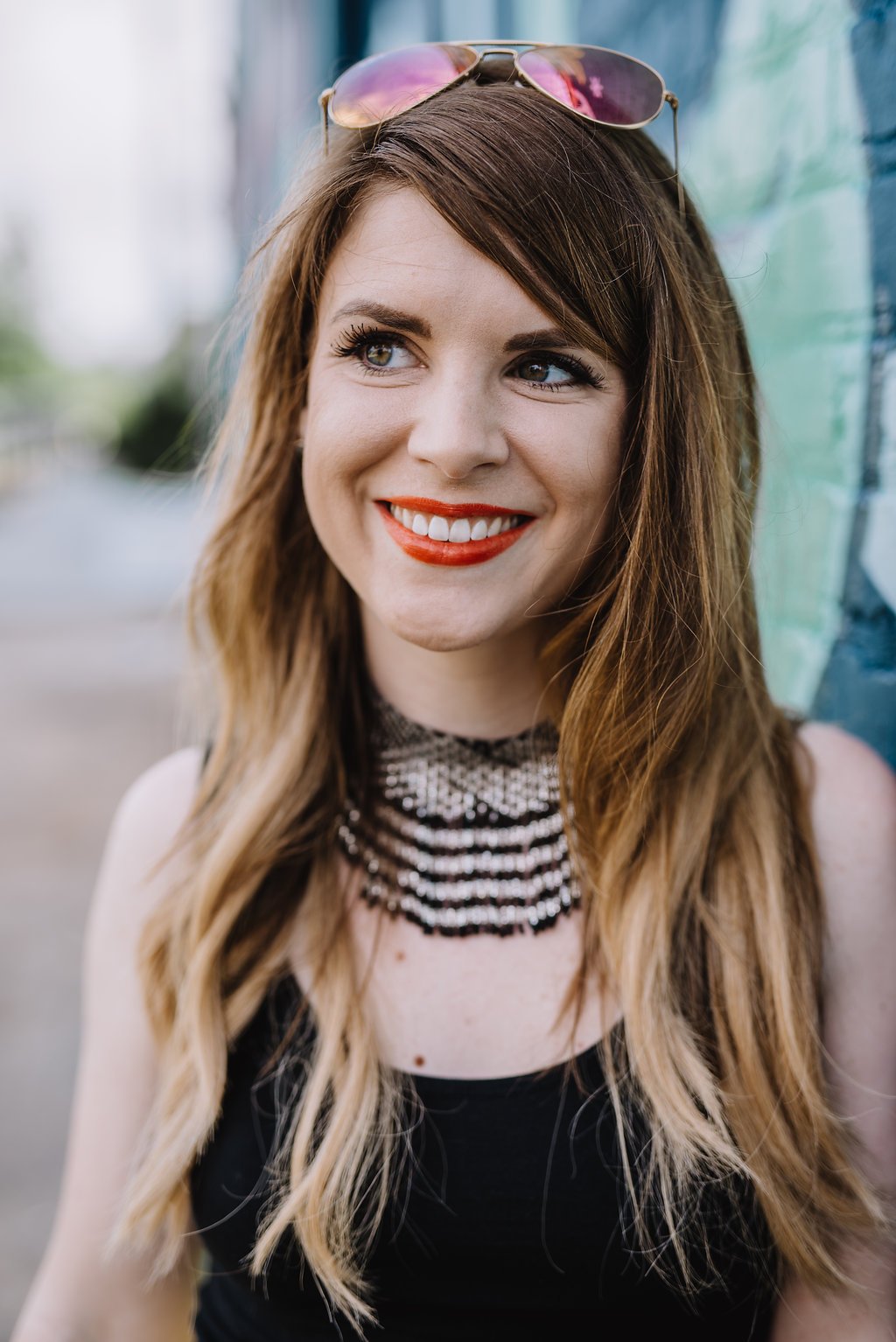How to Design Your Own Fabric | Step by Step Watercolor Fabric Design Tutorial
How To Design Your Own Fabric
Check out my step-by-step guide to my Fabric Design Tutorial.
Have you ever spent time drooling over fabric patterns or patterns in clothes? Or maybe you have searched and searched for the perfect fabric design, but you just couldn’t find the right textiles.
Worry no more! In this blog post, I dive into How to Design Your Own Fabric and I break it down into 7 easy steps.
But how do you get started? Read on to discover the 7 steps you can take to design your own fabric.
OR WATCH MY YOUTUBE VIDEO
HOW TO DESIGN YOUR OWN FABRIC
WHAT DOES A FABRIC DESIGNER DO?
Fabric designers create the patterns for textiles, fabric or other soft woven surfaces. We often get mistaken for fashion designers, who design clothing and other forms of apparel, or interior designers, who design rooms and spaces by styling products, choosing paint colors, and bringing the entire vision to life.
That said, some designers specialize in an end product when they're designing fabric or textiles. Fabric designers, specifically, are designing fabrics that may go on upholstery or be sold in a fabric store.
Many fabric designers major in textile design, but others study graphic design or surface design. However, with online courses booming you don't necessarily need a degree from a 4 year institution especially if you must take out a scary high number of student loans. To get your feet wet, I suggest watching YouTube videos or taking an online course and uploading your work to print-on-demand fabric websites like Spoonflower. Even if it starts out as a hobby, if you practice enough you will become an expert.
So now we know what a fabric designer does, let's look at the 7 easy steps to designing your own fabric!
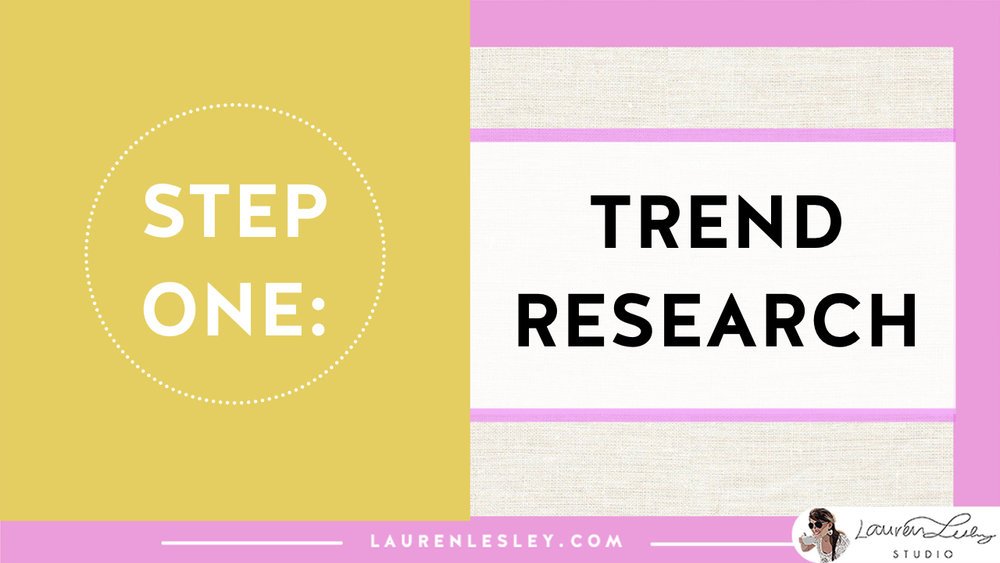
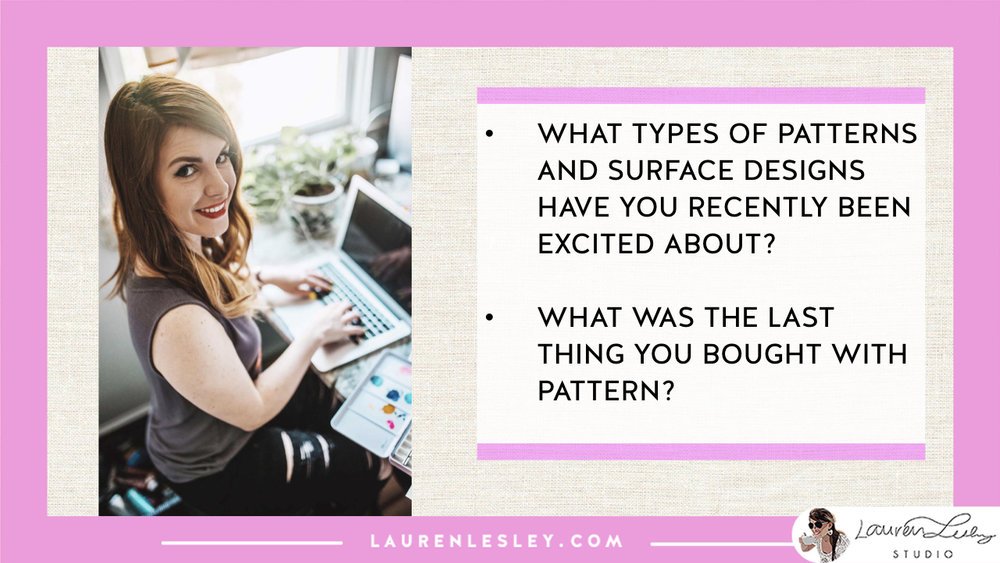

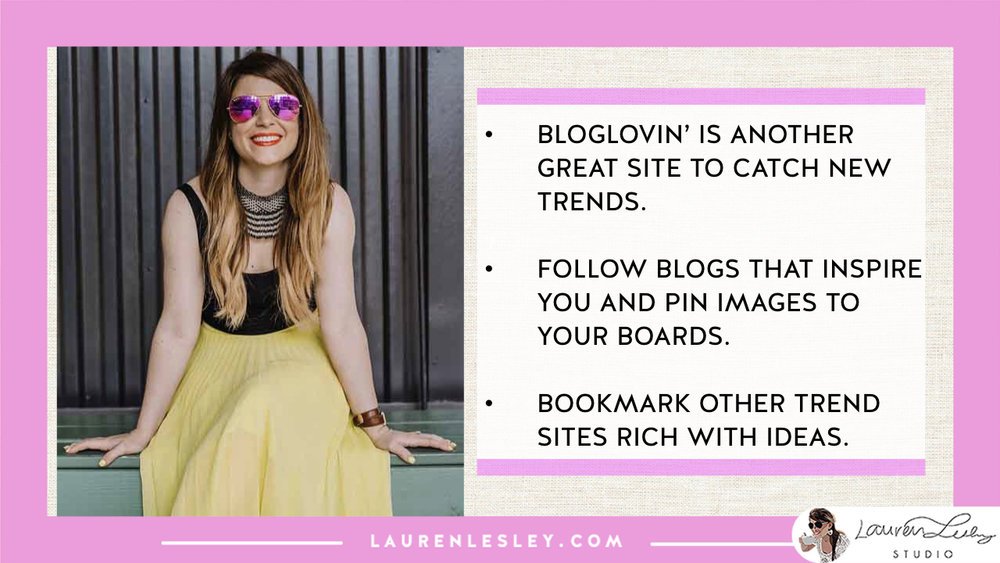

1 | RESEARCH TRENDS FOR FABRIC DESIGN
Being a fabric designer doesn't just mean you create nice patterns and add it to fabric. You first need to decide what types of designs to create. That means taking the time to research upcoming trends and do competitive market research for textiles as well.
Talented fabric designers are excellent researchers and collect examples of interesting designs. Compiling a scrapbook of cool fabrics, unusual patterns or even eye-catching lettering is a great way to start gathering inspiration.
You’ll also need to research trends online and at brick-and-mortar retailers. I recommend starting on Pinterest and start collecting images on boards. From there, you’ll want to bookmark different blogs you follow, perhaps sign up on Bloglovin, and collect images from hot Instagram accounts.
You'll need to follow trends and even better, learn to predict them. Websites like WGSN can help you keep updated with where your industry might go. This means your designs will always be fresh and ahead of the curve.

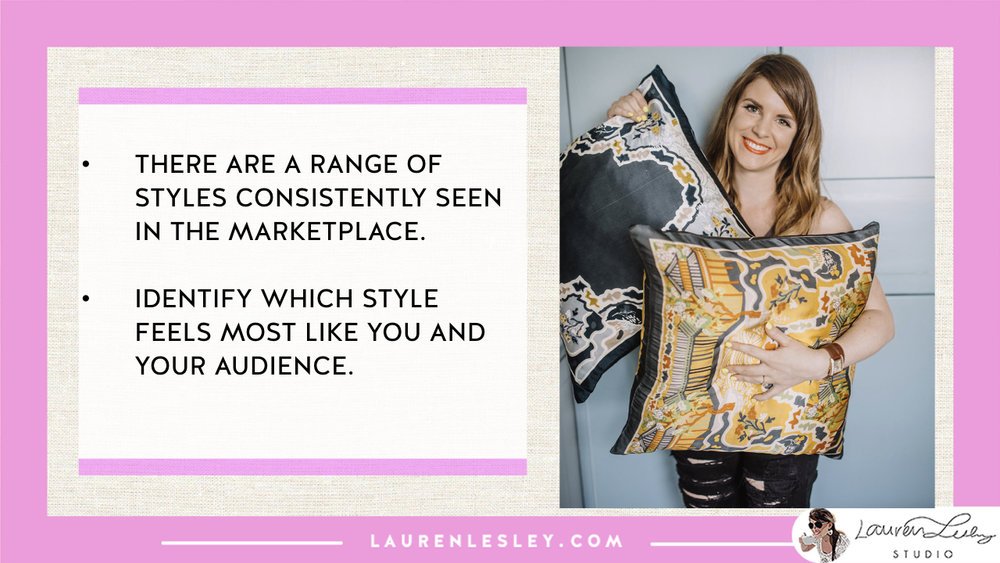
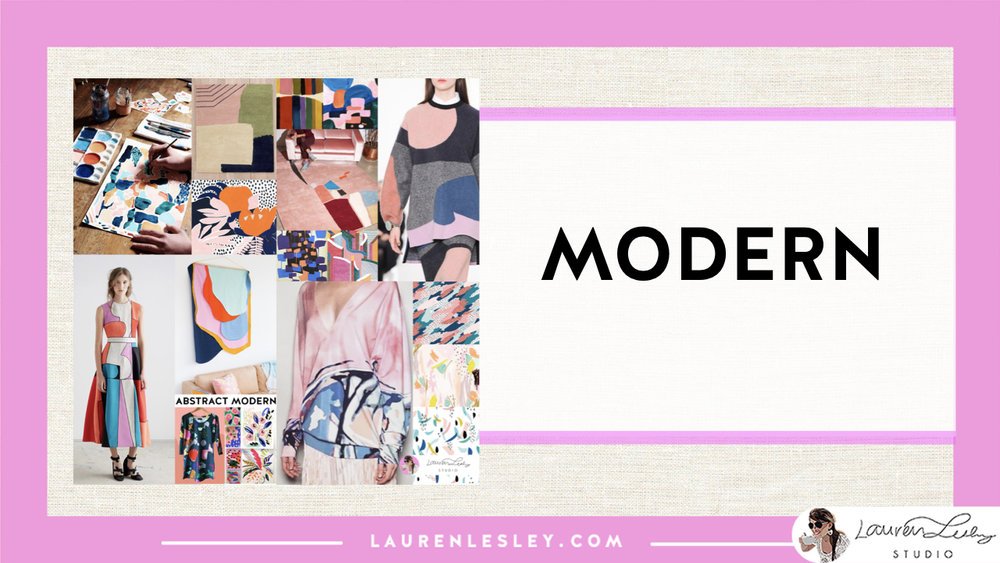
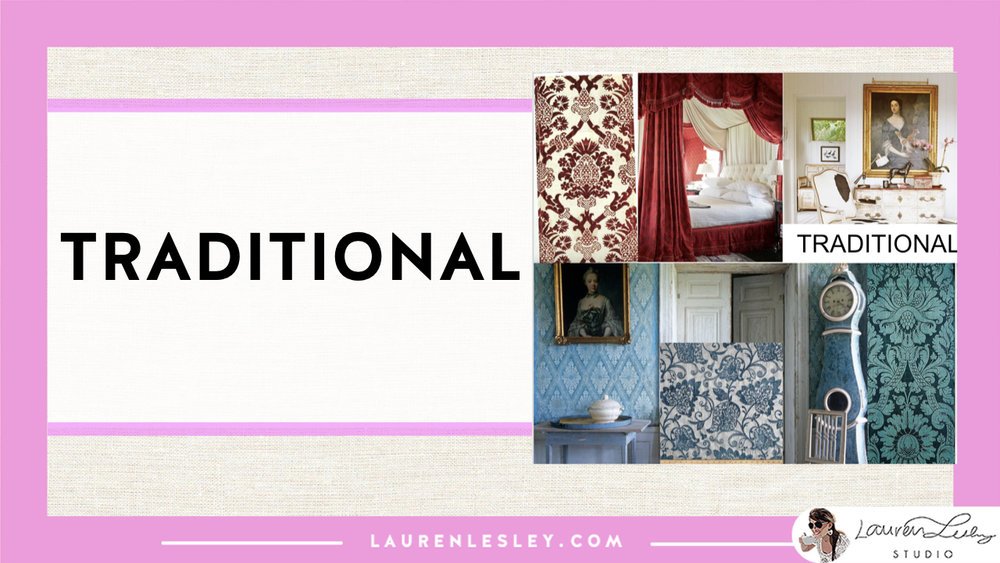
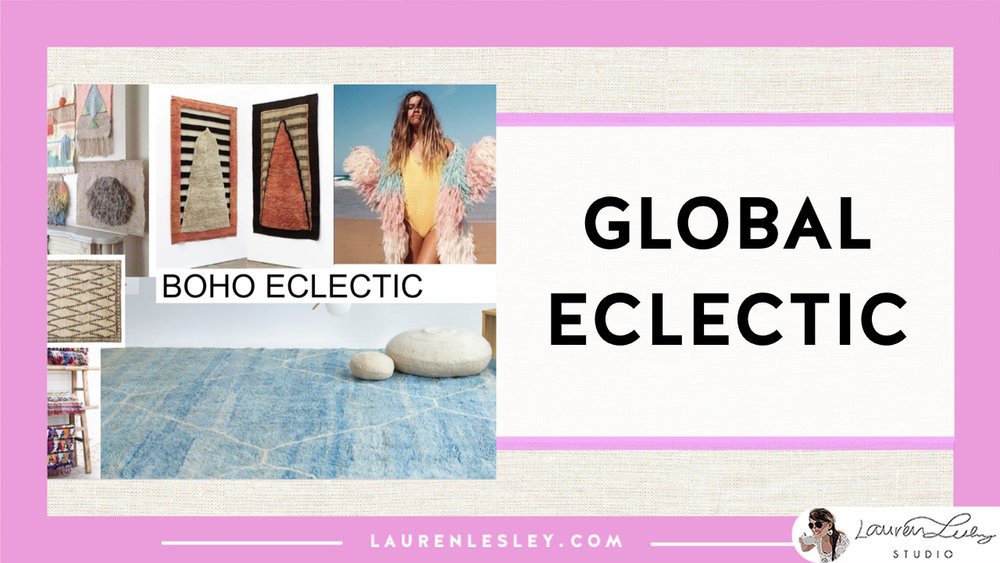
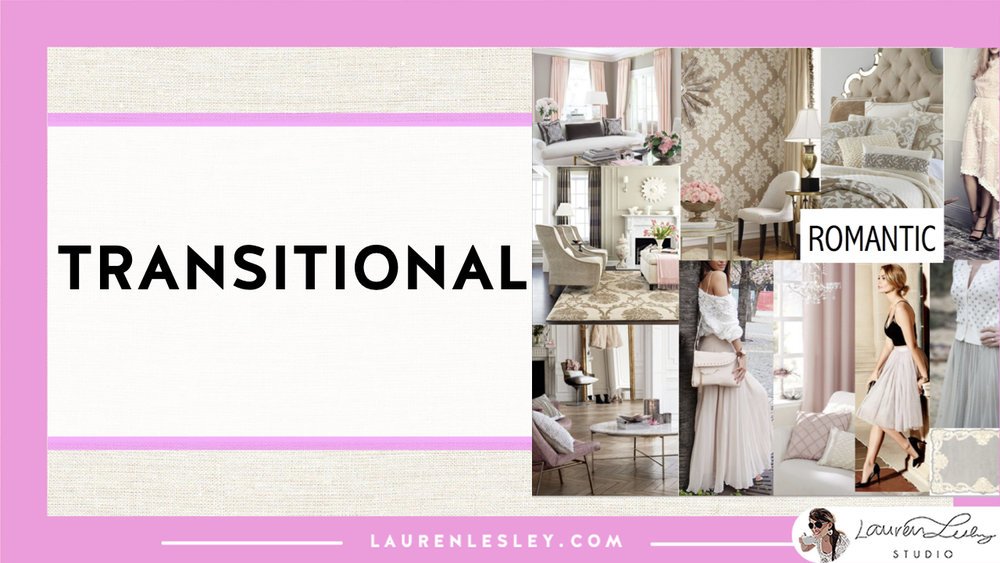
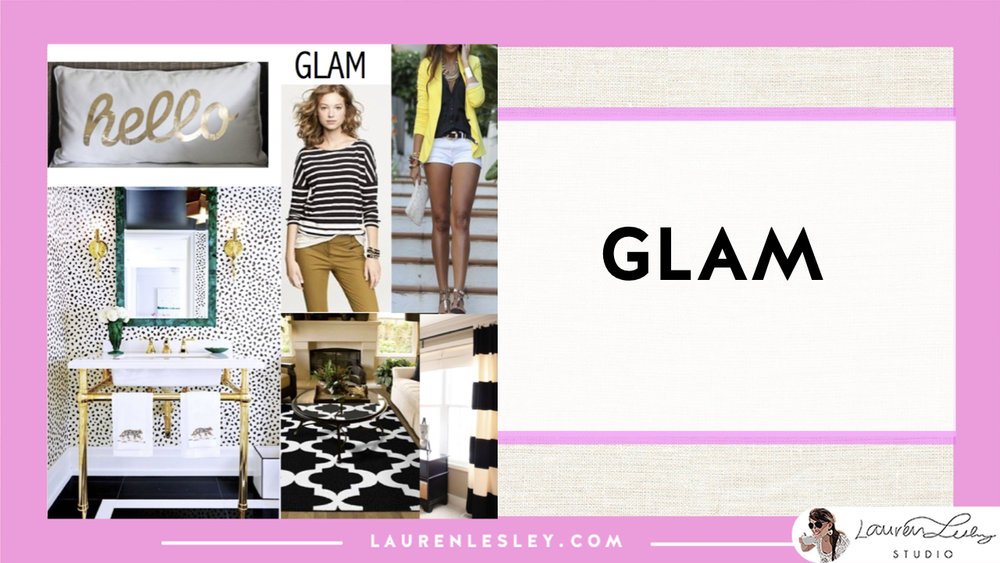
2 | CHOOSE YOUR DESIGN STYLE
Next, you'll need to establish a style for your fabrics. There are a range of styles consistently seen in the marketplace and one good way to think of design styles is to consider well known retailers. Anthropologie has a Boho style, for example. Another style would be modern. Think CB2. Restoration Hardware is more sophisticated traditional while a furniture store like Ashley Furniture may be more transitional appealing to the mass market.
Think of your home decor or the type of clothes you wear. Then consider your target audience. Where do they shop? What is their style or niche? It could be Glam like Z Gallerie with lots of metallics or it could be casual American like Pottery Barn.
Determining your design style early on will give you tons of clarity and focus. Also, if you plan to sell your designs staying within a focused niche or style will help establish your brand much more quickly!
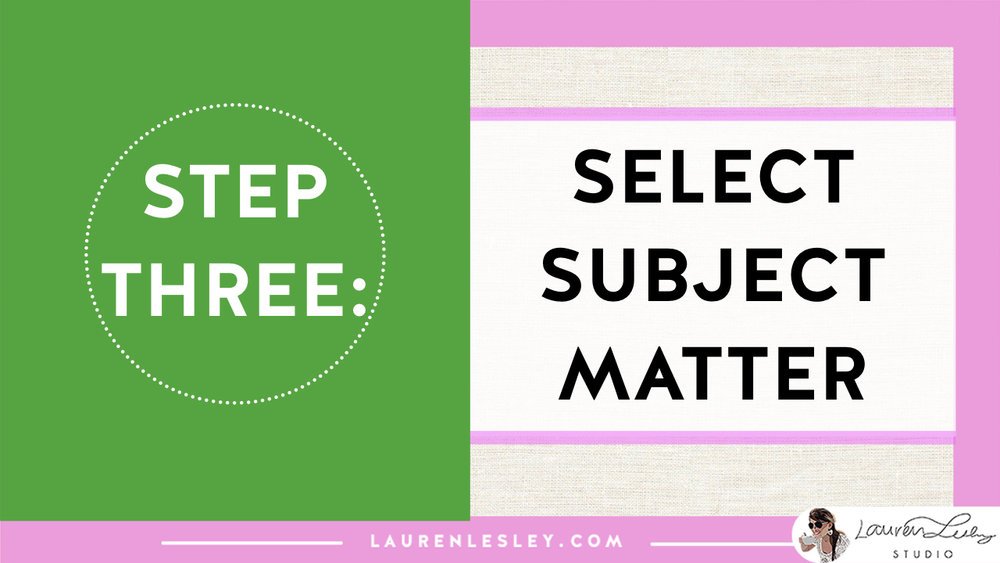

3 | SELECT SUBJECT MATTER FOR YOUR FABRIC
Once you’ve established your design style, it’s time to decide on a subject matter! While the style gives a certain feeling to the design and attracts the right target audience, you still need to know what the hell you’re going to design. Do you want to draw florals? If your style is modern and your subject matter is florals then you would design very modern-looking florals. See how that works?!
If you want to draw more conversational prints with people or animals, ask yourself if you want a traditional French fabric like Toile or if you want to depict your pattern in a casual or modern way.
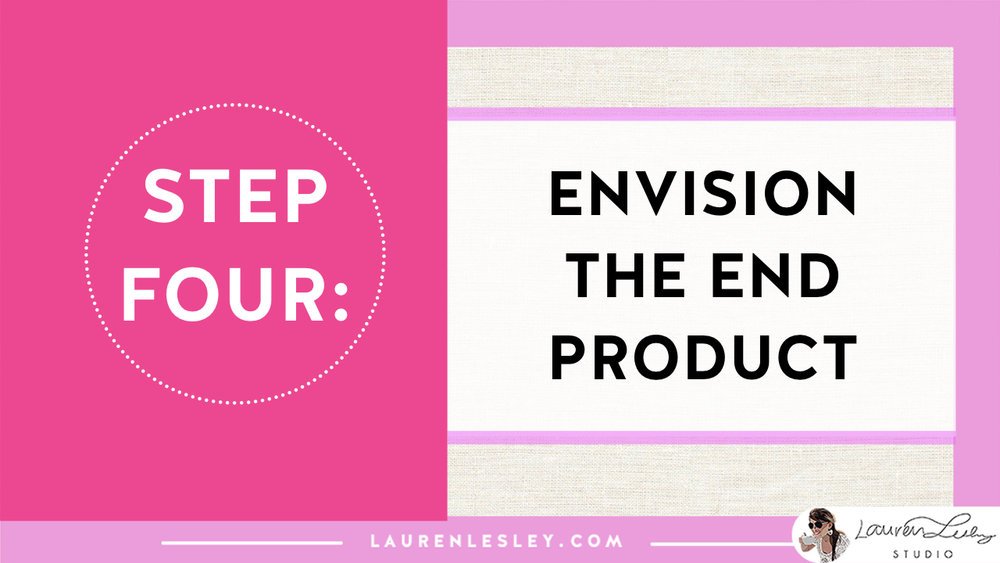

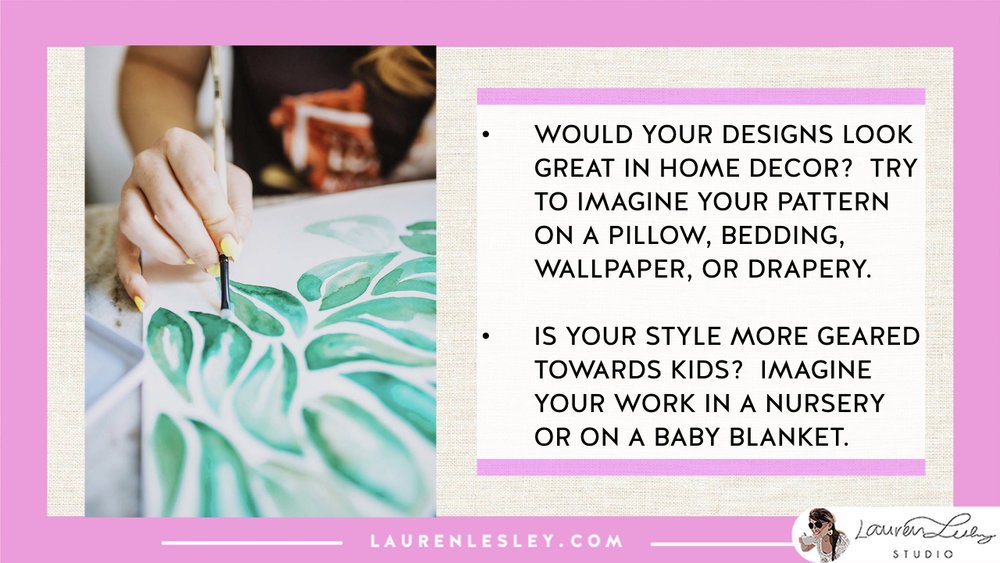
4 | ENVISION THE END PRODUCT YOUR FABRIC WILL GO ON
Successful fabric designers always go through the process of envisioning their fabric on the end product or in the final way the fabric will be used. Are you designing fabric for upholstery? Imagine your design on a sofa or an accent chair. Are you designing fabric for drapery? Envision floor to ceiling curtains framing the windows with your design.
Perhaps you are designing fabric for bedding or throw pillows. Or maybe your goal is to design fabric for a Nursery or kid’s room. Is the design young and bright? Could it be a baby blanket or linens in the crib Try to picture the whole scene and see if it makes sense visually.
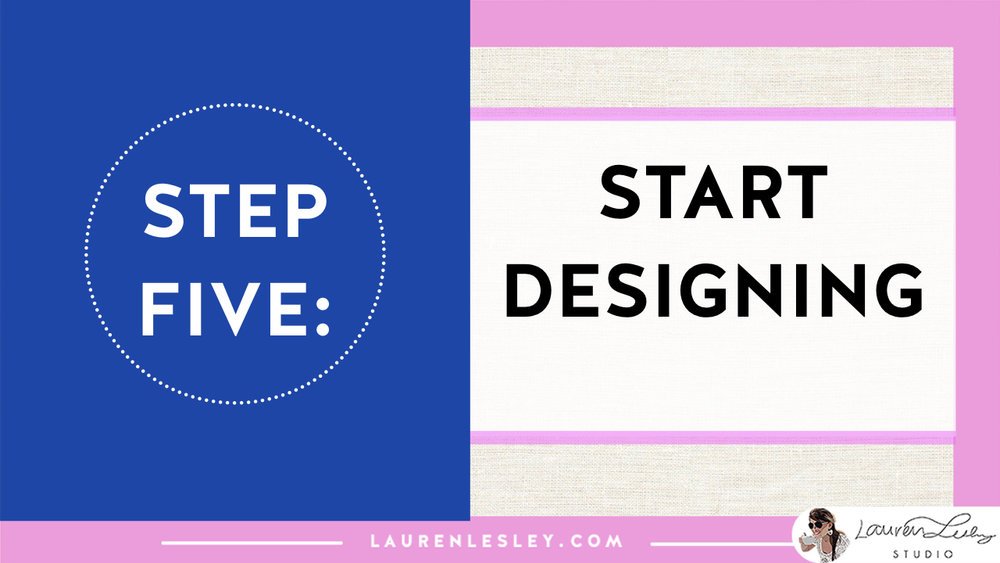
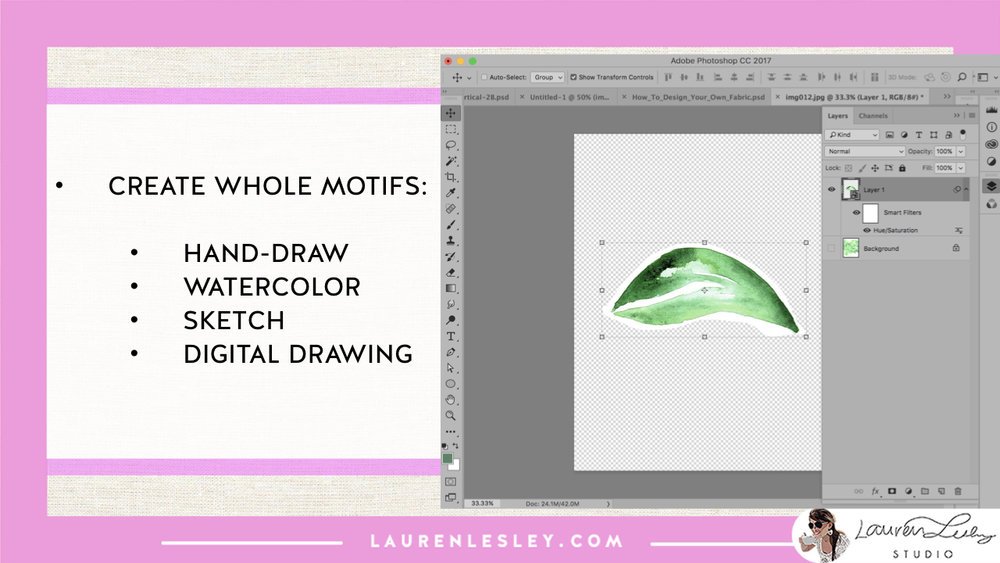

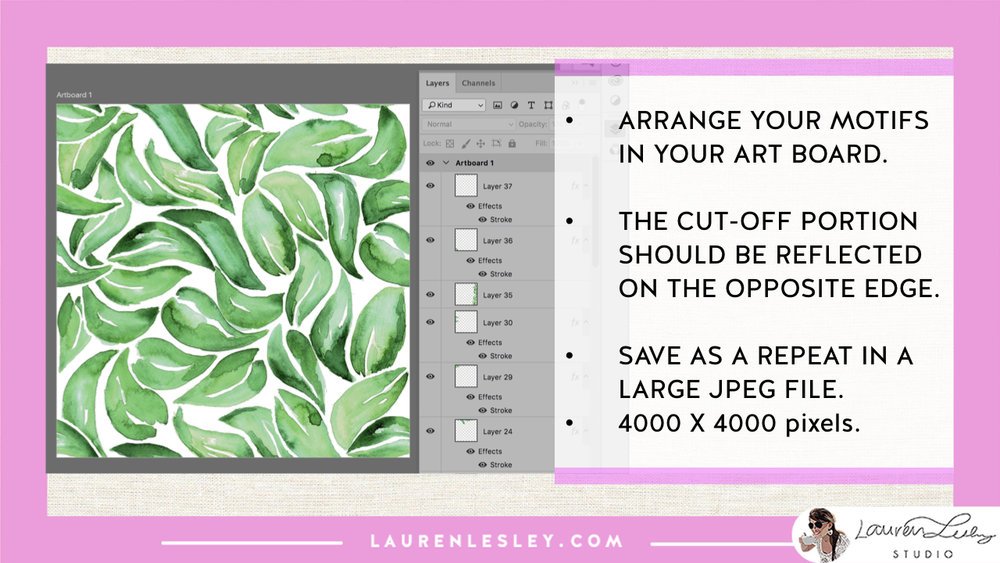
5 | DESIGN YOUR OWN FABRIC
Designing your own fabric is definitely the real “meat” of this whole process! I recommend drawing whole motifs to work with. This way, you can overlap them and arrange them on the art board any way you like. You can hand-draw your motifs, paint them with watercolors or other paints, sketch them, or draw them digitally.
To keep the hand-drawn or hand-painted look, I recommend using Adobe Photoshop. To draw your motifs digitally, you can use Photoshop or Adobe Illustrator. Illustrator will provide a more graphic style since the program is vector-based.
If you are not familiar with how to create repeat pattern designs, please watch this YouTube video for more in depth guidance.
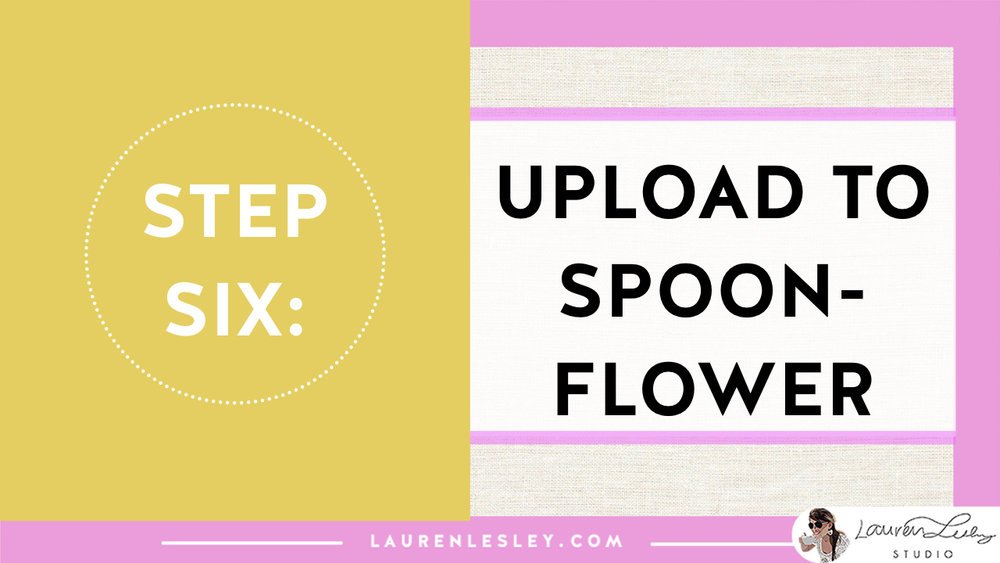

6 | UPLOAD YOUR FABRIC DESIGN TO SPOONFLOWER
The next step is to upload your fabric design to Spoonflower. I recommend saving your design as a JPEG 4,000 X 4,000 pixels. If you don’t have an account, simply follow the steps to sign up and create one.
It’s super easy! :)


7 | ORDER ON SPOONFLOWER
From there, you are ready to order your pattern design from Spoonflower! Hurray!! :)
If you’d like to sell your artwork, simply hit the “Make Public” button and follow the guided steps.
And that’s it! Now you know how to design your own fabric. Congrats! I can’t wait to see your designs. Leave me a comment below and show me what you made.
SKETCHBOOKING YOUR STYLE
Join the FREE workshop to learn how to develop your own Art Style!
TRANSCRIPT
Speaker 1: 00:05 Hey, what's up, fool, as I'm learning the senior textile designer and portrait illustrator behind the Brand Lauren Lesley Studio. I've been a designer for over 10 years and have designed textile sold by Anthropologie and target. In this video, I'm going to teach you the seven essential steps to design your own fabric. Let's get started. Okay, so the first thing that you want to do is dive into your trend research. That is step one. Um, if you don't really know where to start, I would say, you know, what types of patterns and surface designs have you been recently excited about? Has anything kind of stuck out to you or jumped out to you? And if you go into your closet, look at what's the last thing that you bought with pattern because that could give you a good idea as well as like what's new, what's coming out and what you're attracted to and what the new trends that are coming out.
Speaker 1: 00:59 Our pinterest is also the perfect platform to start your trend research. You definitely want to look at fashion a look at other surface designers that you follow and new prints. If you type print and pattern into the search bar and Pinterest, a lot of new stuff will come up. Um, from there you want to start creating boards to collect all of your findings and you can collect things that are outside pinterest of well, but pinterest is a good platform to start and it's a good home base. Just just collect all of your trend information. So blog loving is another great site to catch new trends. I love the feed and I follow different fashion designers depending on what your niche is. You want to follow blogs that are relevant and inspire you and then pin those images to your pinterest boards. I'm definitely also bookmark other trends sites rich with ideas.
Speaker 1: 01:52 So step two is you want to find your style. So, um, there's a range of styles consistently seen in the marketplace in some kind of come into fashion and come out of fashion, but they're always kind of consistently there. Um, I would definitely identify which style feels the most like you and your audience that you're trying to serve. One example would be modern. Um, it could be like different abstract looks or um, you know, it can be a different subject matter that just has a modern style to it. You might be more traditional, you might be more global, eclectic, Boho. You might be more a transitional, you know, you're kind of casual, you're in the middle, you want to appeal kind of to the mass market or you might be more Glam, you might be really into a metallic surfaces and kind of that gold sheen and like sort of like a preppy look, but with a little bit more, um, you know, jazz to it.
Speaker 1: 02:49 So step three is you want to select your subject matter. What are you going to make your fabric or what are you going to put on your fabric? What are you going to design? So the subject matter can be chosen based on trend. For example, cactus prints are very trendy right now. Um, but it doesn't have to be super trendy. It could be just what is you and your style. Um, it can be a broad subjects such as florals and if your style is modern, but you want to focus your subject matter on florals, then you kind of want to marry those two ideas together. Um, so that your focus would be on modern florals, florals that have this modern feel to them. Step four is you want to envision the end product. Be sure to ask yourself who you want to design for and what type of products do you want your patterns to go on. What do you see your fabric, how do you see your fabric being used? So what are your designs look great and home decor. I try to imagine your pattern or fabric on a pillow on betting on, um, drapery maybe, and is your style more geared towards kids, uh, and you could try to imagine your work in a nursery or on a baby blanket, and that's going to give you a good idea of, um, you know, how to create your patterns for your fabric moving forward.
Speaker 1: 04:12 Okay, so step five is to start designing. You definitely want to create whole motifs. Um, so here I'm just giving you a little example of this leaf that I painted and watercolor, but you can create motifs by hand drawing them, you can use watercolor or other paints, you can sketch them or you can do a digital drawing, which you can do that in photoshop or illustrator. Illustrator is going to be more vector based and have more of a graphic style to it. But that way if you're drawing a whole motifs, it's easy to overlap and arrange the motifs in your layout. It's just easier to kind of move things around and experiment and see how it looks. Um, altogether. So to keep the watercolor texture. And like in the example I showed you, you'll want to work in photoshop and like I said, for more graphic style, I would use adobe illustrator.
Speaker 1: 05:01 So you'll want to arrange your motifs and around your art board. I'm, like I said, whole motif so they can overlap each other a little bit. You'll notice some of the leaves are overlapping slightly. Um, and I just did a white outline around the leaves so that it still gives that buffer, um, when they are overlapping, the cutoff portion should be reflected on the opposite edge. She'll. So you'll notice that, for example, on this leaf here, it's being reflected on the other side, the other half of it or where it's being cut off. The rest of that leaf is reflected on the other side. Okay? So you'll receive, you'll save your repeat file in a large jpeg. Um, if you're using spoonflower, I would do about 4,000 by 4,000 pixels. So step six is to upload to spoonflower.
Speaker 1: 05:53 From there you want to order your fabric, which is step seven, and if you want to sell your designs, just click on the make public button. And that way not only you can enjoy the fabric, but you might be able to make a little money off of it too, which is awesome. All right guys, I hope that was helpful and learning how to design your own fabric. If you have any questions, please leave a comment below are. Or if you just liked this video, give me a hell yes or a heart emoji or something that that. Just so that I know that you liked the video, definitely subscribe and click the little bell to get notified. The next time I come out with a new video, you'll want to check out my website at Lauren Lesley Dot Com, and definitely didn't get your free surprise. I have an awesome pdf to share with you guys. It's totally free for you to download, so look in the description below to get that. Check out our facebook group if you want to stay in touch there. It's called the design tried it's facebook.com/groups/design tribe. Lauren, Leslie, and thank you so much for watching. I'll see you in the next video.

